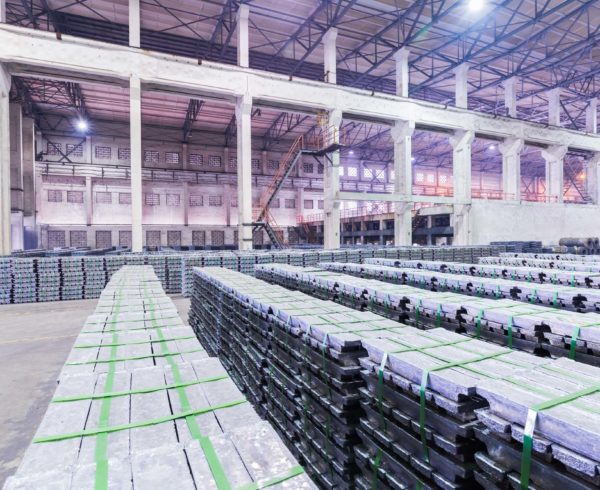The 2019 Budget, tabled by Finance Minister Tito Mboweni in Parliament on Wednesday, 21 February, was a demonstration of prudence and intent, particularly in an election year.
According to Katlego Tlale, Chief Financial Officer at Letsema, Mboweni’s speech did not include any language suggestive of any expansionary expense by government for the 2019/2020 financial year. With South Africans expected to go to polls in May, it was a mature demonstration of where government’s priorities lay.
“The Budget presented reinforces the impression that a prudent government is in place and aims to be a trustworthy custodian of the national purse. It was a message aimed at both local and international stakeholders,” Tlale says.
He highlights five areas of interest from Mboweni’s speech:
• Nature of financial assistance provided to Eskom;
• Future of South Africa’s electricity market;
• Re-establishment of the SA Revenue Service’s (SARS) large business unit;
• Public wage bill and government performance; and
• Carbon Tax;
Eskom and the electricity market
“Eskom will receive R23 billion per year over the next three years, but within the context of the financial challenges facing Eskom, it is not a large amount. The Minister was very clear that government will not take on Eskom’s debt, with Eskom responsible for paying it back,” Tlale says.
“This, and the establishment of an independent Chief Reorganisation Officer to oversee delivery of recommendations made by the Eskom presidential task team, is a sign that government is serious about pursing change at Eskom.”
One line in the speech that piqued Tlale’s interest was Mboweni’s statement on how Eskom’s division into three independent components will, in the Minister’s words, “set the electricity market on a new trajectory, and allow for more competition, transparency and a focused funding model”.
“At face value, it hints that the division of Eskom into generation, transmission and distribution entities may lead to the transmission entity procuring wholesale electricity from alternative sources, a major structural shift in how South Africa’s electricity generation operates.”
SARS and the return of the large business unit
The re-launch of SARS’s large business unit in April, combined with unchanged corporate and personal income tax rates was, according to Tlale, indicative of government’s focus upon tax compliance, collection, base erosion and tax evasion.
“For 2019/2020, R12.8 bn is being sourced from individual tax payers through bracket creep. Sin tax increases, and an increase in the petrol levy make up the balance of direct tax increases” Tlale says.
“It suggests corporates can approach the coming year on sounder footing, with private investment in the economy key, but there will be increased pressure to pay the state what they owe.”
The public wage bill and government performance
Tlale says Mboweni’s comments regarding the unsustainability of the public wage bill is significant. Government intends on lowering wage costs by a combined R20.3 bn over the next three years and given the complexities involved, it will be a space to watch over the coming year.
High ranking public officials, MPs, MPLs and public entity executives not receiving an increase for the coming financial year demonstrates symbolic commitment to lowering the public wage bill.
“The Minister also made a point in calling out government departments for not paying back municipalities on time for services rendered, service providers building what they promised at a ‘reasonable rate’ and building a strong culture of payment in South Africa,” Tlale says.
“Under collection and non-payment at municipal revenue is a critical loss of government revenue. If this picture starts to change for the positive, it will make an important difference to the state’s finances and revenue collection objectives.”
Carbon Tax
The Carbon Tax is set to be introduced on 1 June. The major question linked to its introduction, Tlale says, is its potential impact upon the economy, particularly on South African heavy industries.
“Heavy Industries, including sectors such as mining and manufacturing, are energy intensive and are likely the most significant contributors to carbon emissions. They are also highly labour absorptive. The Carbon Tax’s effect on heavy industries and how they respond to the additional tax burden will be a major development within the economy to keep an eye on over the coming year,” Tlale concludes.









